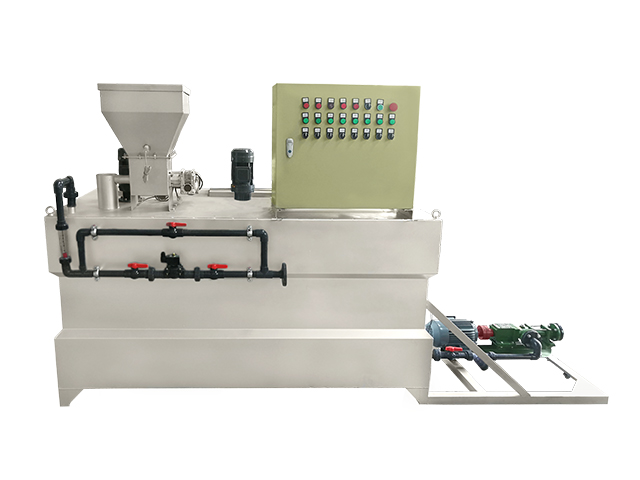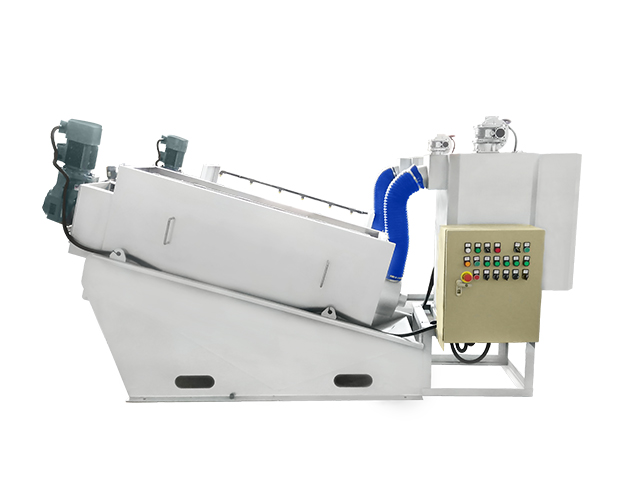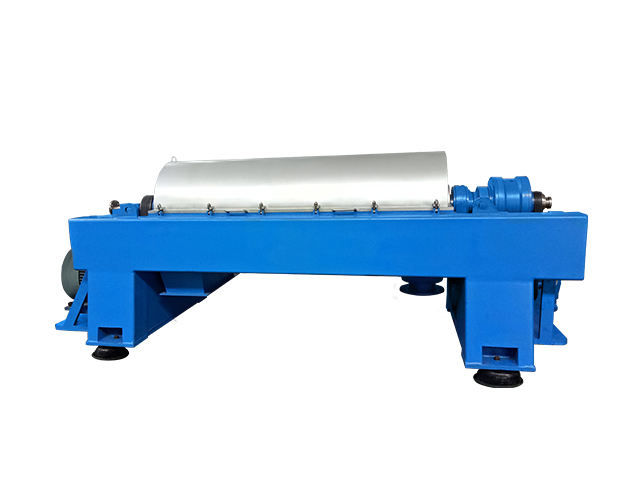
1. Sludge bulking control
Adjust the water inflow to change the aeration volume, and effectively ensure that the organic substances and aeration volume can be kept in the appropriate proportion, so as to control sludge bulking. At the same time, it is necessary to strictly control the sludge discharge and discharge period, so as to avoid sludge bulking.
In addition, the dissolved oxygen in the aeration tank can be maintained by enhancing aeration. When there is a large amount of industrial sewage in the water, appropriate phosphates and nitrides can be added into the water, and the liquid chlorine can be added into the returned sludge, so as to control the filamentous bacteria in the sludge. Besides, the pH value can be adjusted to remove filamentous bacteria.
2. Sludge rising control
(1) Properly add the sludge return flow and regularly discharge the sludge, so as to control the sludge in the secondary sedimentation tank.
(2) Reduce the aeration volume and shorten the aeration time, so as to effectively reduce the nitrification.
(3) Reduce the water inflow in the secondary sedimentation tank, so as to reduce the sludge in the secondary sedimentation tank.
3. No increase or decrease of activated sludge control
Improve the efficiency of sludge sedimentation, so as to prevent sludge loss. Appropriately increase the water inflow and add more nutrients, so as to solve the problem of no increase or decrease of activated sludge.
4. Bubbles control
(1) Spray the tap water or treated water on the surface of the aeration tank. This method is low cost, simple to operate, and effective. But it will waste too much water, so it is not recommended.
(2) Add defoamers such as kerosene and diesel oil. This method is very effective and low cost. But if the operators can not control the dosing quantity, the water will be polluted, so it is not the best method.
(3) According to the relevant practice research, it is proved that increasing the sludge concentration in the aeration tank is the best way to control the bubbles in the aeration tank. However, in the actual application process, the sludge concentration will be adversely affected because of the lack of sludge return flow.
5. Conclusion
At present, the activated sludge process has been widely used in sewage treatment in China, but there are some deficiencies in the actual application process. So it is necessary to further explore and reform the activated sludge process.


